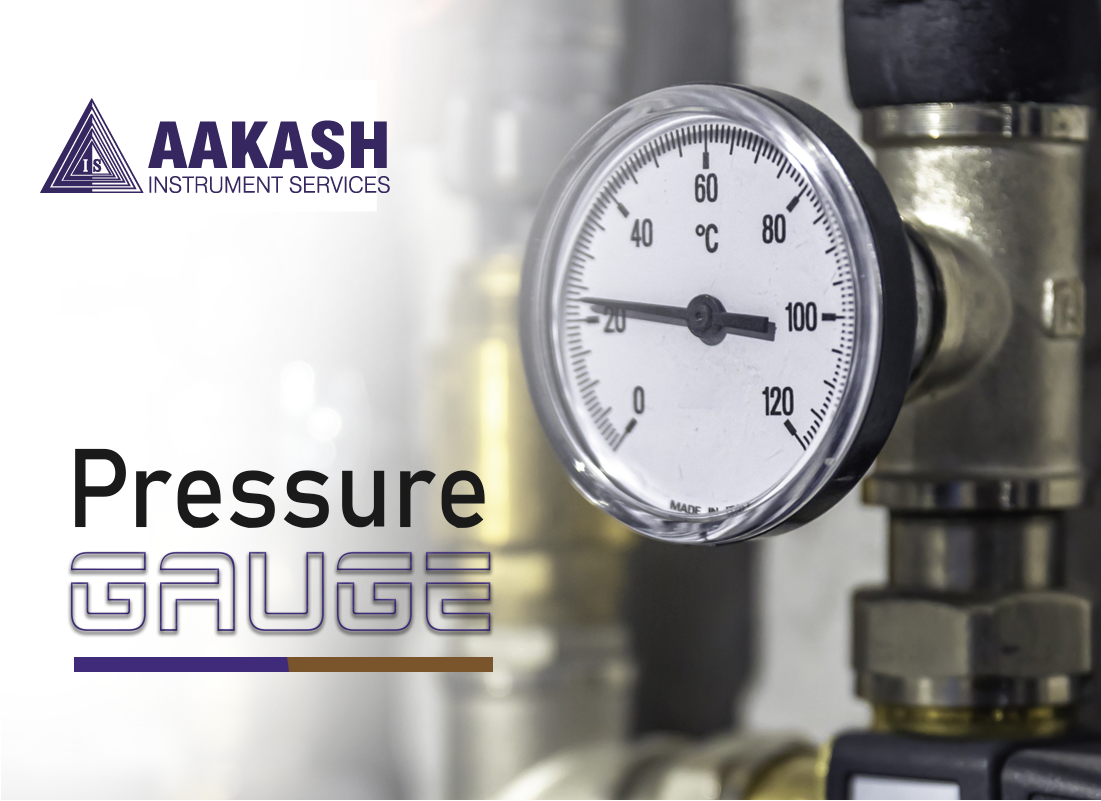We're here to assist you with any questions, concerns, or inquiries you may have.

pressure gauges are essential in industrial facilities for measuring internal pressure, ensuring product quality and safety. They monitor and regulate pressure, crucial for industrial processing systems. They are also used to troubleshoot fluid power machines, detecting potential leaks and rectifying pressure fluctuations. Proper installation ensures reliable functioning and safety.

1. Adjustable pointers: Zeroed using a screw or knob.2. Maximum and minimum pointers: Indicate highest or lowest pressure.3. Adjustable or stationary set hands: Indicate specific pressure level.4. Throttling devices: Help dampen pressure pulsations and vibrations.5. Electric contacts: Signal alarms or activate pumps and valves.
1. Selection of pressure measurement range: psi or bar, suitable for various applications.2. Accuracy: a percentage of full-scale deflection for reliable readings and precise pressure control.3. Type of gauge: digital or analog, and connection size: 1/4” NPT or 1/2” NPT.4. Operating temperature range: Considered for temperature monitoring.5. Construction materials: Considered for durability and compliance with industry regulations.6. Understanding pressure gauge specifications is crucial for accurate pressure monitoring and control in industrial processes.
Pressure gauges are essential in industries for accurately measuring liquid and gas pressure. Common types include Bourdon tube gauges, diaphragm gauges, and digital gauges. Bourdon tube gauges convert pressure into rotary motion, while diaphragm gauges measure displacement. Digital gauges use electronic sensors for quick readings. Understanding these gauges is crucial for selecting the right one for specific applications and maintaining safe operations.